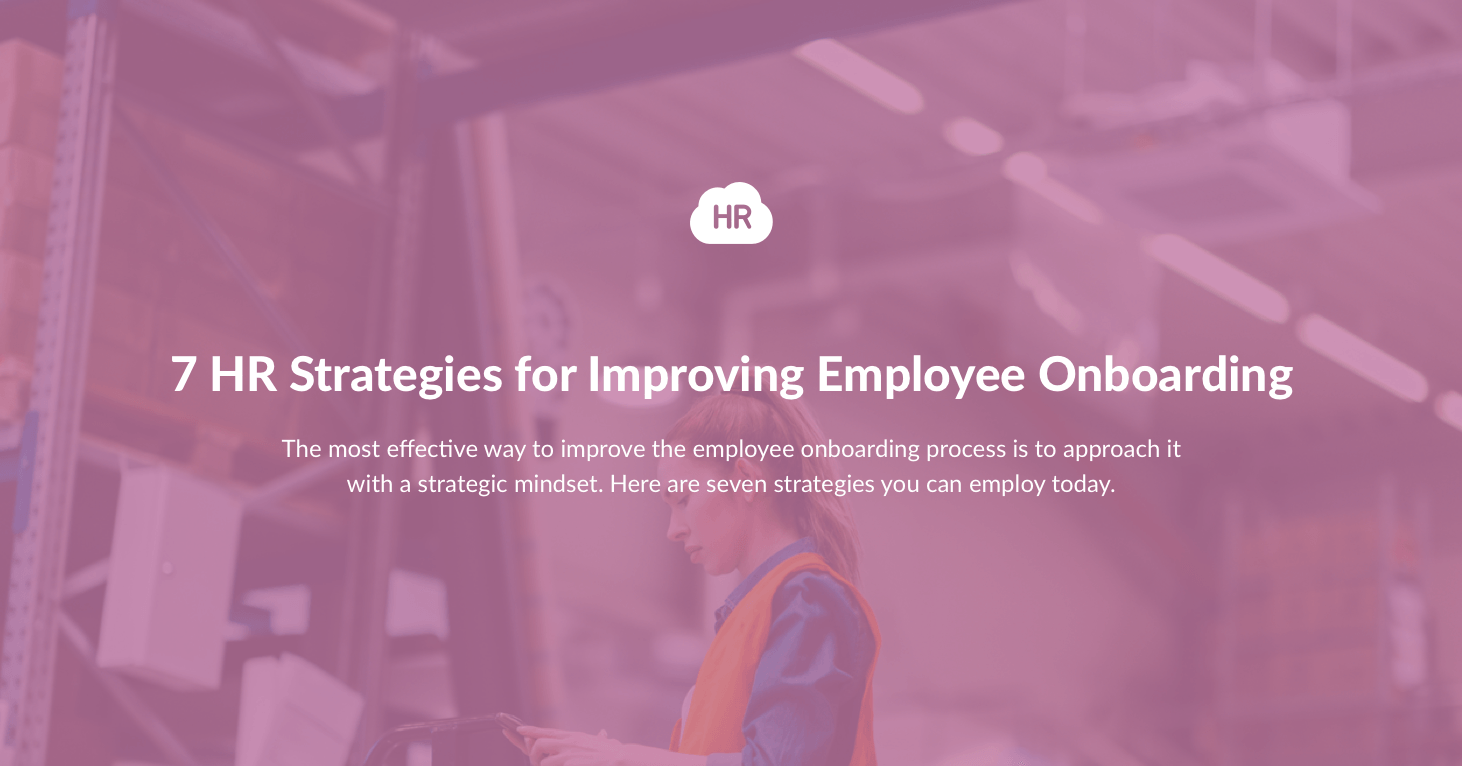- 1. Define Your Onboarding Goals
- 2. Create an Employee Onboarding Plan
- 3. Prep All Onboarding Materials in Advance
- 4. Assign an Employee Onboarding Point of Contact
- 5. Make Use of Employee Onboarding Technology
- 6. Encourage Social Interaction and Networking
- 7. Evaluate and Adjust Your Onboarding Process as Needed
- Reinvent Your Employee Onboarding Strategy
Employee onboarding is a crucial and challenging process for organizations and HR professionals. There are diverse aspects to consider, from ensuring that new hires have all the required information to integrating them into the company culture. With that said, the endeavor can significantly impact an organization’s success.
Unfortunately, too many companies still struggle with getting it right. Improving your onboarding process doesn’t have to be arduous, though. Here are seven strategies to make your employee onboarding process more effective.
1. Define Your Onboarding Goals
Employee onboarding is the process of getting new hires to adjust to the culture and become productive team members. It encompasses the activities after completing the recruiting process, from orientation to training to socialization. Hence, it's essential to have a robust onboarding program to help new employees hit the ground running and turn into productive members of your team quickly.
The first step in crafting your employee onboarding process is to define your goals. For example, do you want workers to be productive as soon as possible? Do you want them to feel like they're part of the team and clearly understand company culture? Defining your onboarding goals upfront will aid you in creating a process tailored to achieving them.
2. Create an Employee Onboarding Plan
Once you know what you want to achieve, you can start putting together a plan of action. Effective employee onboarding doesn't happen overnight—it's a process that takes time. However, a well-designed program enhances new hires’ onboarding experiences. In turn, these can help increase job satisfaction and retention rates.
When creating an onboarding plan, it’s vital to examine the organization's requirements and the program's goals. Once you’ve defined these elements, you can begin to create a detailed employee onboarding plan. Some integral components of an onboarding program include orientations, training, and social events.
Employee orientations provide new hires with basic information about the company, such as its history, mission, and values. Training aids employees in gaining the skills and knowledge they need to perform their duties and routine tasks. Social events allow employees to meet their coworkers and get to know the organization's culture.
A recent report cited that 61% of companies estimate new employees to stay with them for an average of two years. Hence, employers must conduct the onboarding process for several months to maximize this number. Regardless, the employee onboarding program length will vary depending on the organization's size and the job role's complexity. However, ensuring enough time for employees to complete the entire process is crucial.
Besides those mentioned above, the onboarding plan should also be flexible to accommodate changes throughout the employment course. Companies can effectively assist employees in transitioning into their position by carefully planning and designing employee onboarding programs.
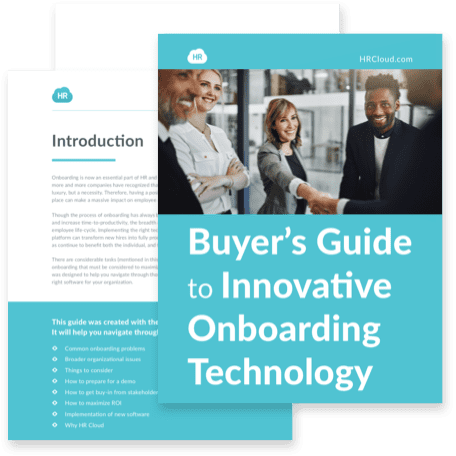
This guide was designed to help you navigate through those difficult tasks and help determine the right software for your organization, download our ebook now.
Download now3. Prep All Onboarding Materials in Advance
One of the most crucial moves you can make to ensure a smooth and successful employee onboarding process is to prepare all the necessary materials and information in advance. This step includes creating employee files, gathering new hire data, and assembling onboarding packets. Other required paperwork may include employee contracts, tax forms, and benefits information.
Additionally, see to it that you have a plan for orienting new hires to your company culture and values. This measure could include providing an employee handbook or holding culture training sessions. Remember, sending materials in advance gives new hires time to read through them and answer any concerns before their first day on the job. It also lets the employee know you’re excited to have them on board and that you prepared for their arrival.
Other items you may include in your onboarding package are an employee manual, company history, job descriptions, and contact details of key staff members.
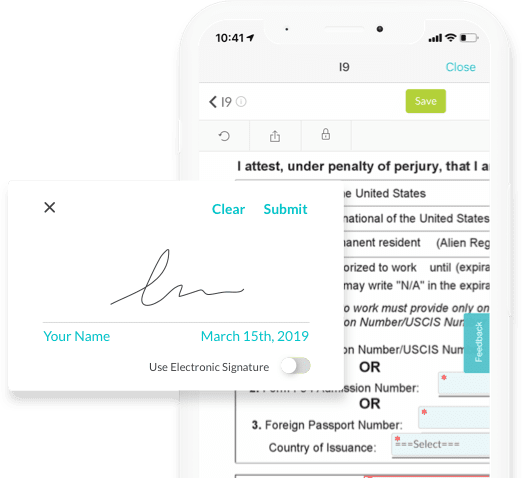
4. Assign an Employee Onboarding Point of Contact
Reports indicate that 86% of employees decide to stay with a company when they have access to mentors. Thus, an onboarding point of contact is essential in transitioning new employees to their jobs and workplaces.
This individual can be a mentor, coach, or even a friend within the organization. The goal is to have someone the employee feels comfortable talking to about anything and everything related to their job.
Likewise, the assigned point of contact must be knowledgeable and qualified to educate a new hire about the company and their position. In addition, they should be able to provide guidance and support while allowing the new employee to take ownership of their role. Ultimately, assigning a point of contact can help ensure a gradual adjustment for the new hire and the rest of the team.
5. Make Use of Employee Onboarding Technology
As any employer knows, onboarding new employees can be time-consuming and challenging. Aside from training staff on company policies and procedures, you also need to help them meet coworkers and understand the job's expectations.
Again, the purpose of the process is to help new hires feel comfortable and productive in their current role. Today, many companies are turning to employee onboarding technologies to achieve this task. These innovative solutions help streamline the onboarding phase by providing new hires access to pertinent data and resources. Designed to enhance employee experience, it can also assist in tracking employees' progress and identifying areas for additional support.
With organizations increasingly embracing remote work, employee onboarding technologies will become even more critical. It can help guarantee that new hires always have the resources they need to be successful no matter their location. Moreover, implementing the best HR software systems in 2022 will ensure your team is always up-to-date with the new recruitment and onboarding technologies.
“Interim Healthcare SLC needed HR technology, and we’re pleased with the results we’ve gained from HR Cloud’s solutions for recruiting, onboarding, and employee engagement. Yet it’s an opportunity for all Interim franchises. It would be so great if each franchise owner could implement similar solutions to replace legacy systems that might not work as well as they should.”

6. Encourage Social Interaction and Networking
Companies understand that employee onboarding is a critical time for social interaction and networking. When staff interact with each other, employers help them form bonds that’ll last long after the onboarding process is over. In addition, encouraging employees to network helps them develop the skills and connections they need to be successful in their careers.
One of the best ways to motivate social interaction and networking during employee onboarding is to host a series of events or activities. These initiatives include team-building exercises, group outings, or even taking new hires out to lunch with their coworkers.
You can also host social events, such as happy hours, or create opportunities for employees to work on projects together. Similarly, you can encourage workers to participate in professional development activities, such as conferences or networking events. Remember, employees form bonds when allowed to interact in a relaxed setting.
By taking these simple steps, you ensure your employee onboarding program fosters positive social interactions and helps new hires feel welcome in their current workplace.

Results that add up where it matters most: your bottom line. Calculate your possible ROI now!
Calculate Now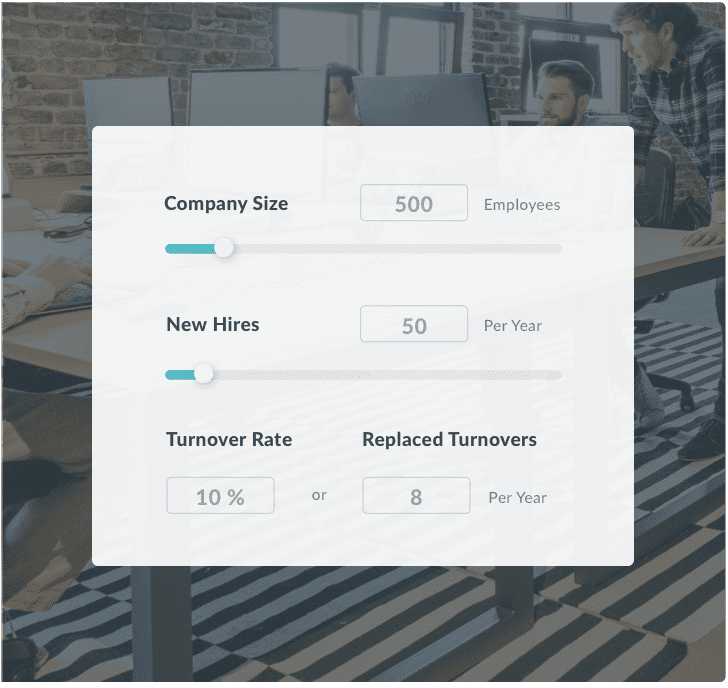
7. Evaluate and Adjust Your Onboarding Process as Needed
Organizations should regularly evaluate and adjust the employee onboarding process to ensure efficiency and effectiveness. Your onboarding process will also need to evolve as your business grows and changes. Some of the variables that can impact onboarding are company size, industry, and turnover rate. Additionally, employee demands will shift over time, so it’s vital to be flexible and adaptable.
Equally critical is to check indicators such as employee satisfaction, productivity time, and company policy compliance. If you’re seeing any red flags in these areas, it’s time to take a closer look at your employee onboarding process and make some changes.
Furthermore, make it a point to collect feedback from new hires who have recently gone through onboarding to evaluate the process. Employers can use this feedback to identify areas for improvement and make changes accordingly. Finally, keep up with best practices in employee onboarding and implement revisions as needed to stay ahead of the curve.
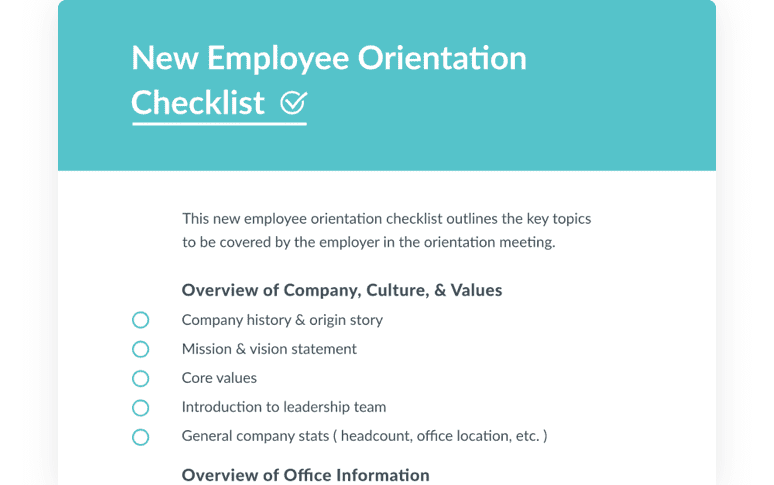
Reinvent Your Employee Onboarding Strategy
Employee onboarding is a process that can make or break the success of your new hires. Ongoing evaluation and adjustment of your strategy are key to ensuring that it continually meet your organization's short and long term goals.
By implementing the human resource strategies listed above, you can deliver a smooth and successful transition for new employees, resulting in a more productive and cohesive workforce. Remember, though, that what works for one company may not work for another, so prepare to experiment and look for what works best for your team.
Author Bio
This article is written by a marketing team member at HR Cloud. HR Cloud is a leading provider of proven HR solutions, including recruiting, onboarding, employee communications & engagement, and rewards & recognition. Our user-friendly software increases employee productivity, delivers time and cost savings, and minimizes compliance risk.
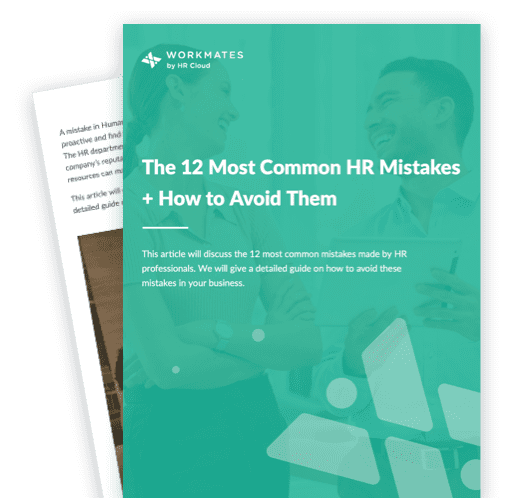
HR mistakes impact your entire organization. Learn how to avoid the 12 most common mistakes with our free ebook.
Download nowKeep Reading
Remote Onboarding Done Right: A Step-by-Step Guide for HR Teams
When a new hire walks into your office, you smile, shake hands, and show them around. But
Importance of Onboarding: Purpose, Benefits, and What It Means for Your Workplace
Think about the last time you joined a new team. You had questions, maybe even doubts.

